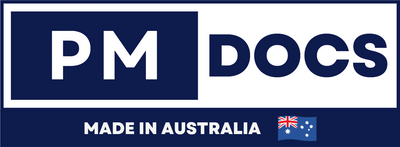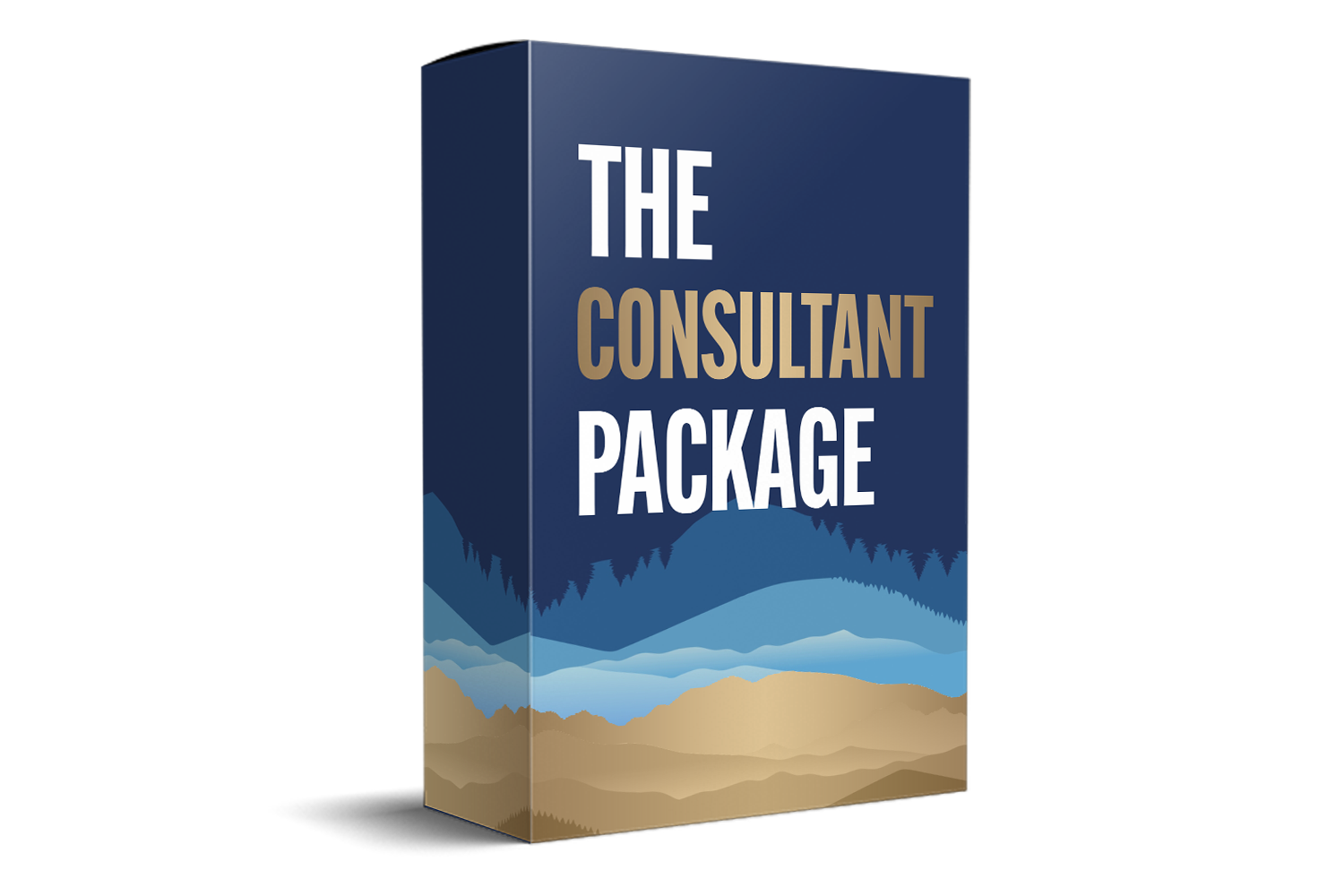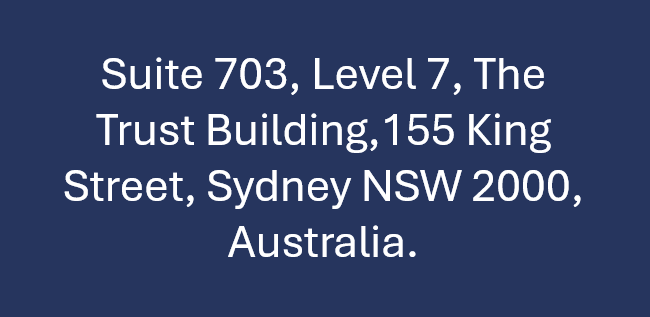ISO 9001 Certification In Australia: Process, Benefits & Costs
Navigating ISO 9001 Certification In Australia: Your Guide To Process, Benefits, and Costs
In today's dynamic and competitive business landscape, particularly in a sophisticated market like Australia, establishing and maintaining a robust reputation for quality is paramount. This is where ISO 9001 certification comes into play. More than just a badge, it's a strategic tool that helps Australian businesses of all sizes demonstrate their commitment to delivering consistent quality, meeting customer expectations, and driving continuous improvement.

But what exactly does ISO 9001 entail for an Australian business? How do you go about getting certified, what are the tangible benefits, and what kind of investment should you expect? This comprehensive guide will demystify the ISO 9001 certification journey in Australia, covering the process, benefits, and associated costs.
What Is ISO 9001? The Foundation Of Quality Management
ISO 9001 is the internationally recognised standard for Quality Management Systems (QMS). Developed by the International Organization for Standardization (ISO), it provides a framework for organisations to ensure they consistently provide products and services that meet customer and regulatory requirements, and to enhance customer satisfaction through the effective application of the system.
While not industry-specific, ISO 9001 is built around seven core quality management principles:
-
Customer Focus: Understanding and meeting customer needs and striving to exceed expectations.
-
Leadership: Establishing unity of purpose and direction, creating an environment where people can achieve the organisation's quality objectives.
-
Engagement of People: Competent, empowered, and engaged people at all levels are essential to enhance the organisation's capacity to create and deliver value.
-
Process Approach: Understanding and managing activities as interrelated processes that function as a coherent system.
-
Improvement: Organisations should always be seeking to improve their performance.
-
Evidence-based Decision Making: Decisions based on the analysis and evaluation of data and information are more likely to produce desired results.
- Relationship Management: For sustained success, organisations manage their relationships with interested parties, such as suppliers.
For Australian businesses, adopting ISO 9001 means embedding these principles into their daily operations, leading to more efficient processes, improved customer satisfaction, and a stronger competitive position.
The Tangible Benefits Of ISO 9001 Certification For Australian Businesses
Achieving ISO 9001 certification offers a multitude of advantages that can significantly impact an Australian business's bottom line and long-term sustainability. These benefits extend from internal operational efficiencies to enhanced external credibility.
Here’s a breakdown of the key benefits:
Table 1: Key Benefits Of ISO 9001 Certification For Australian Businesses
| Category | Benefit | Impact for Australian Businesses |
|---|---|---|
| Operational | Improved Efficiency & Productivity | Streamlined processes lead to reduced waste, fewer errors, and faster delivery of products/services, optimising resource use. |
| Enhanced Risk Management | Proactive identification and mitigation of operational risks, leading to greater stability and resilience. | |
| Reduced Costs | Fewer rework, warranty claims, and customer complaints, directly saving money and improving profitability. | |
| Consistent Quality | Ensures products and services meet specified standards consistently, building trust and reliability. | |
| Commercial | Increased Customer Satisfaction & Loyalty | A systematic approach to understanding and meeting customer needs results in happier clients and repeat business. |
| Enhanced Competitive Advantage | Differentiates your business in a crowded market, often a prerequisite for tendering for government or large corporate contracts. | |
| Market Access & Trust | Opens doors to new markets and partnerships, both domestically and internationally, as many organisations require certified suppliers. | |
| Improved Brand Reputation | Demonstrates a commitment to quality and professionalism, enhancing public perception and credibility. | |
| Organisational | Greater Employee Engagement & Morale | Clear processes, training, and involvement in quality initiatives empower employees and foster a culture of quality. |
| Better Decision-Making | Data-driven insights from the QMS provide a solid basis for strategic planning and operational improvements. | |
| Regulatory Compliance | Helps ensure the organisation meets relevant legal and regulatory requirements, reducing the risk of fines or penalties. | |
| Foundation for Growth | Provides a scalable framework that supports business expansion and the integration of new processes or services. |
The ISO 9001 Certification Process In Australia
The journey to ISO 9001 certification involves several distinct phases. While the specifics can vary slightly depending on the size and complexity of your organisation, the core steps remain consistent. It’s crucial to partner with an accredited certification body (those accredited by JAS-ANZ – Joint Accreditation System of Australia and New Zealand, or an equivalent international body) to ensure the validity and recognition of your certification.
Here’s a typical overview of the process:
Table 2: The ISO 9001 Certification Journey in Australia
| Step No. | Step | Description | Key Actions & Considerations for Australian Businesses |
|---|---|---|---|
| 1 | Understanding & Commitment | Familiarise your leadership team with ISO 9001 requirements and secure full management commitment. Understand what it means for your business operations. | Attend workshops, research online, consult with experts. Define the scope of your QMS (e.g., specific departments, products, or the entire organisation). |
| 2 | Gap Analysis (Optional but Recommended) | An initial assessment to identify how your current processes align with ISO 9001 standards and pinpoint areas needing improvement. This can be done internally or with the help of a consultant. | Engage an experienced Australian ISO consultant or conduct a thorough internal review against the ISO 9001:2015 standard clauses. This step saves time and money later. |
| 3 | QMS Design & Documentation | Develop and document your Quality Management System. This includes creating a Quality Manual, procedures, work instructions, forms, and policies that align with ISO 9001 requirements and reflect your actual operations. | Tailor documentation to your business's size and complexity. Focus on clear, concise, and implementable documents, rather than generic templates. |
| 4 | Implementation | Put your documented QMS into practice. This involves training employees on new procedures, using the new forms, and ensuring all processes are followed consistently. There needs to be sufficient time for the QMS to gather evidence of its operation. | Roll out training across relevant departments. Ensure buy-in from all staff. Maintain records (evidence) of compliance, such as meeting minutes, inspection logs, and training records. |
| 5 | Internal Audit | Conduct thorough internal audits to verify that your QMS is effective, compliant with ISO 9001, and followed by employees. This is a critical step to identify non-conformities before the external audit. | Train internal auditors or use an external auditor for robust, impartial assessment. Document findings and implement corrective actions. |
| 6 | Management Review | The top management reviews the performance of the QMS to ensure its continuing suitability, adequacy, and effectiveness. This review should consider audit results, customer feedback, process performance, and opportunities for improvement. | Regular management review meetings are mandatory. Document the review outcomes, decisions made, and actions assigned. |
| 7 | Certification Audit (Stage 1 & 2) | Stage 1 (Documentation Review): The chosen JAS-ANZ accredited certification body reviews your QMS documentation and assesses your readiness. Stage 2 (Main Audit): On-site audit to verify that your QMS is fully implemented and effective in practice. | Select a JAS-ANZ accredited certification body. Prepare all documentation and records. Ensure key personnel are available for interviews during the on-site audit. |
| 8 | Certification & Continual Improvement | Upon successful completion of the Stage 2 audit, you receive your ISO 9001 certification. The journey doesn't end here; you must continuously monitor, review, and improve your QMS through regular surveillance audits (typically annual). | Celebrate your achievement! Embed continuous improvement into your company culture. Maintain your QMS, conduct annual internal audits, and prepare for surveillance audits to retain certification. |
Understanding The Costs Of ISO 9001 Certification In Australia
The cost of ISO 9001 certification for an Australian business is not a fixed figure. It varies significantly based on several factors, including:
-
Size and Complexity of the Organisation: Larger companies with multiple sites and complex processes will incur higher costs.
-
Current State of Your QMS: Businesses with existing robust management systems will require less work than those starting from scratch.
-
Industry: Some highly regulated industries may require more extensive documentation and controls.
-
Choice of Consultant (if used): Consultant fees vary based on experience, scope, and duration of engagement.
- Certification Body Fees: Different JAS-ANZ accredited bodies have different fee structures.
Here’s an estimated breakdown of common cost categories:
Table 3: Estimated Costs For ISO 9001 Certification In Australia (AUD)
| Cost Category | Description | Estimated Range (AUD) | Notes |
|---|---|---|---|
| 1. Consultancy Services | Engaging an external consultant to assist with gap analysis, QMS development, documentation, and internal audits. Highly recommended for first-time certifications. | Small Business: $5,000 - $15,000 | Can be significantly higher for large, complex organisations. Scope of engagement is crucial. |
| Medium Business: $15,000 - $35,000 | |||
| Large Business: $35,000 - $80,000+ | |||
| 2. Training | Training for key personnel (e.g., internal auditors, QMS champions) on ISO 9001 requirements and QMS implementation. | $500 - $3,000 per person | Depends on the number of staff and the type of training (e.g., awareness vs. lead auditor). Can be completed internally if expertise exists. |
| 3. Certification Body Fees | Fees charged by the JAS-ANZ accredited certification body for Stage 1 & 2 audits and the initial certification. | Small Business: $3,000 - $7,000 | These are base audit days fees. Surveillance audits (annual) are typically 60-70% of the initial certification cost. |
| Medium Business: $7,000 - $15,000 | |||
| Large Business: $15,000 - $30,000+ | |||
| 4. Internal Resource Time | The time invested by your own staff in developing, implementing, and maintaining the QMS. This is an "opportunity cost" but a significant internal investment. | Highly variable, often underestimated | This includes project management, documentation writing, training, internal auditing, and attending meetings. |
| 5. Software/Tools (Optional) | Costs for QMS management software, document control systems, or other tools to streamline QMS processes. | $0 - $5,000+ (annual) | Many start with basic office software. Dedicated QMS software can be a significant investment but offers efficiency. |
| Total Estimated Initial Investment | Sum of the above categories for initial certification. Note: This does not include ongoing maintenance costs (annual surveillance audits, resources). | Small Business: $8,500 - $25,000+ | |
| Medium Business: $22,500 - $53,000+ | |||
| Large Business: $50,000 - $115,000+ |
Important Considerations:
-
Ongoing Costs: Remember that certification involves annual surveillance audits and a recertification audit every three years. Budget for these recurring fees and the internal resources required to maintain your QMS.
- Return on Investment (ROI): While the initial outlay can seem substantial, consider the long-term ROI through increased efficiency, market access, reduced errors, and enhanced reputation. Many businesses find these benefits far outweigh the costs.
Choosing The Right Certification Body In Australia
When selecting a certification body, ensure they are accredited by JAS-ANZ (Joint Accreditation System of Australia and New Zealand). This ensures their competence and impartiality, providing credibility to your certification. Other factors to consider include:
-
Industry Experience: Do they have experience with businesses in your sector?
-
Reputation and Client Testimonials: What do their other clients say?
-
Auditor Quality: Are their auditors knowledgeable and pragmatic?
- Cost and Contract Terms: Compare quotes, but don't base your decision solely on price.
Conclusion
ISO 9001 certification is a powerful statement of quality and professionalism for any Australian business. While the journey involves a structured process and a measurable investment, the benefits of enhanced efficiency, customer satisfaction, and increased market opportunities are undeniable. By understanding the process, embracing the principles, and planning for the costs, your Australian business can successfully navigate the path to ISO 9001 certification and unlock a new level of operational excellence and competitive advantage.
Embarking on this journey is not just about gaining a certificate; it's about embedding a culture of continuous improvement that will serve your business well into the future.




